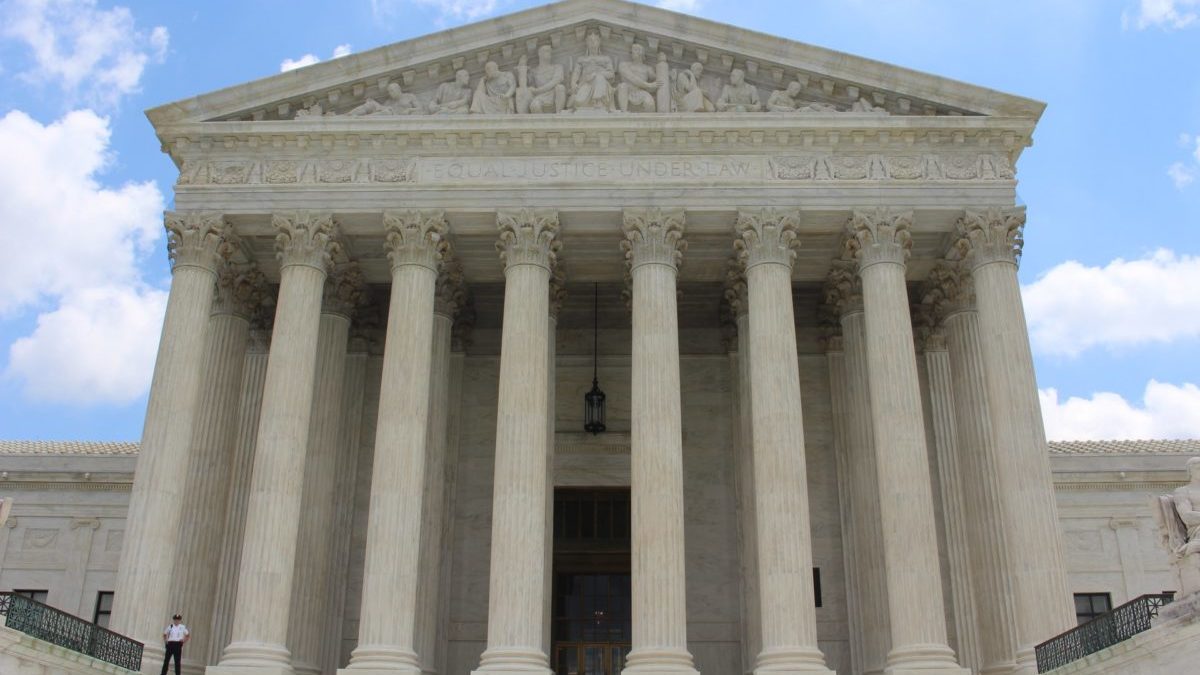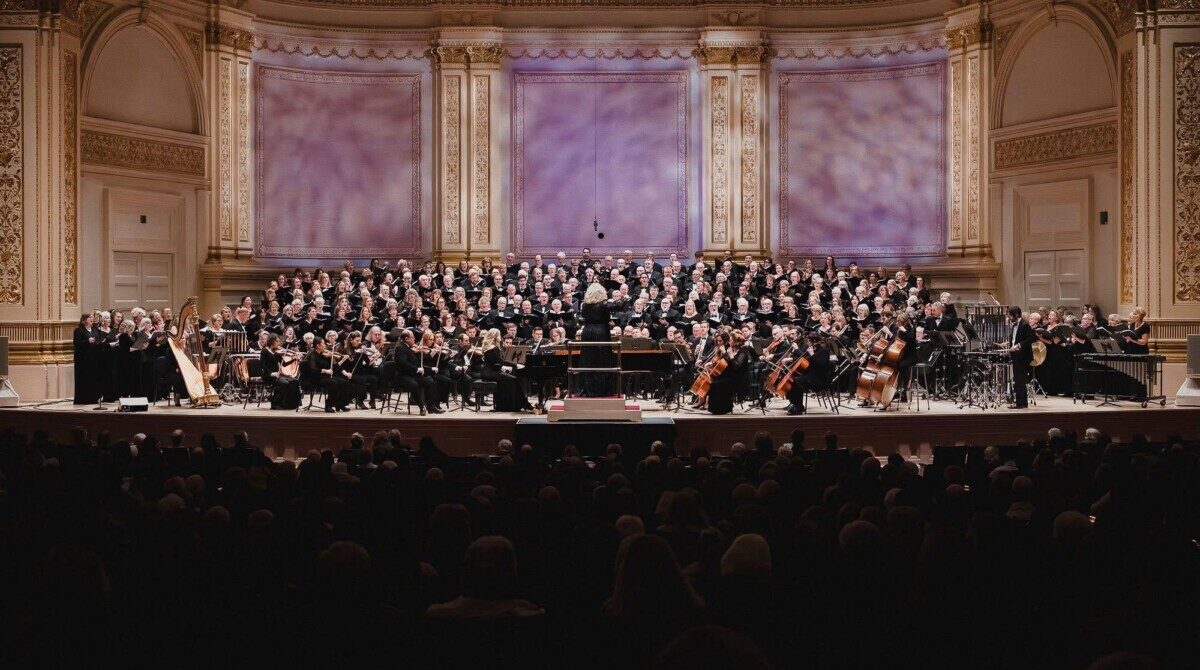The future of U.S. abortion law now lies with the nine justices of the U.S. Supreme Court.
The court heard oral arguments this morning (Dec. 1) in Dobbs v. Jackson Women’s Health Organization. The case involves a Mississippi law that bans most abortions after 15 weeks of pregnancy.
Return power to state
In his opening argument, Mississippi Solicitor General Scott Stewart asked the court to overturn Roe v. Wade, returning the power to regulate abortion law back to the states or to Congress. Stewart said the Constitution does not take sides on the abortion issue and therefore the issue “belongs to the people.”
Justice Brett Kavanaugh asked Stewart to confirm whether Mississippi is asking the court to prohibit abortion. Stewart affirmed the state argues that since the Constitution does not address the issue, states should be allowed jurisdiction.
Justice Sonia Sotomayor noted that several key decisions — such as rulings establishing judicial review, the right to birth control and same-sex marriage — are not in the Constitution but have been “discerned from the nature of the Constitution.”
Sotomayor asked why Roe is so “unusual” that it must be overturned.
When does life begin?
Stewart said that unlike those other decisions, abortion involves “the purposeful termination of human life.”
Sotomayor also asked Stewart how the state’s motivation was “anything but a religious view.”
“The issue of when life begins has been hotly debated by philosophers since the beginning of time. It’s still debated in religions. So when you say this is the only right that takes away from the state the ability to protect a life, that’s a religious view, isn’t it?” she asked.
Justice Samuel Alito then noted that secular bioethicists also consider the question of when life begins.
Chief Justice John Roberts suggested the court could look at Mississippi’s 15-week law as a new viability standard, rather than the Roe and Casey decisions, which establish a standard of more than 20 weeks.
The role of precedent
On the issue of overturning long-established precedent, often cited by abortion proponents as reason not to overturn Roe and Casey, Roberts cited other “consequential” decisions that involved overturning precedent, including rulings on school segregation, voting rights and business regulations.
“The country would be a much different place,” Kavanaugh said, if the court had refused to overturn those decisions on the basis of precedent alone.
Sotomayor offered a counterargument to Kavanaugh’s statement, noting cases where the court overturned “state control over issues that we (the court) said belong to individuals.”
U.S. Solicitor General Elizabeth Prelogar argued against the court overturning Roe v. Wade, saying people have relied on the right to an abortion for nearly 50 years. She noted that already, “nearly half of the states already have or are expected to enact bans on abortion at all stages of pregnancy.” Reversing Roe, she essentially, would be unprecedented.
“The court has never revoked a right that is so fundamental to so many Americans and so central to their ability to participate fully and equally in society,” Prelogar told the justices.
A decision in the case is not expected until later next year. (Read further for more details on how the Supreme Court decides a case.)
‘Unmoored from the Constitution’
Brent Leatherwood, acting president of the Ethics & Religious Liberty Commission of the Southern Baptist Convention, said today’s proceedings left him with a single simple question: “What good is precedent if it is bad?
“At multiple points, whether it was, for example, the faulty reasoning of Justice Harry Blackmun in his Roe opinion or the irrelevance of the viability standard, it should be abundantly clear that the precedent in the area of abortion is completely unmoored from the Constitution itself.
“Furthermore, it completely disregards the individual whose rights are most affected: the preborn child. That cannot continue. Denying the dignity of our most vulnerable neighbors should not be a hallmark of American jurisprudence.
“While it is difficult to predict the ultimate outcome in any case by simply listening to oral arguments, the Court has before it a once-in-a-generation opportunity to dismantle the abortion framework that has built up following the decisions in both Roe and Casey. The Court should not hesitate to do so.”
Special event
The ERLC will host a special online event, Monday, Dec. 6 at 10 a.m. EST, to further discuss Dobbs v. Jackson Women’s Health Organization and how the case could affect the future of the pro-life movement.
Read more about the fundamentals of the case here.
And access a prayer guide from the Ethics & Religious Liberty Commission here.
A Brief Explainer: How the Supreme Court Decides a Case
Once oral arguments before the Supreme Court are complete, no one knows exactly when a decision will be handed down. There is no set time period. However, all cases argued during a term are decided before the summer recess begins, which is usually by the end of June.
When oral arguments are concluded, the justices have to decide the case. They do so at what is known as the Justices’ Conference. Before going into the Conference, the justices frequently discuss the relevant cases with their law clerks, seeking to get different perspectives on the case. At the end of these sessions, sometimes the justices have a fairly good idea of how they will vote in the case; other times, they are still uncommitted.
Each justice has an opportunity to speak, and then a vote is taken. After the votes have been tallied, the chief justice, or the most senior justice in the majority if the chief justice is in the dissent, assigns a justice in the majority to write the opinion of the court. If a justice agrees with the outcome of the case, but not the majority’s rationale for it, that justice may write a concurring opinion. Any justice may write a separate dissenting opinion.
All opinions of the court are typically handed down by the last day of the court’s term (the day in late June/early July when the court recesses for the summer).










